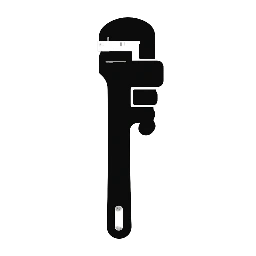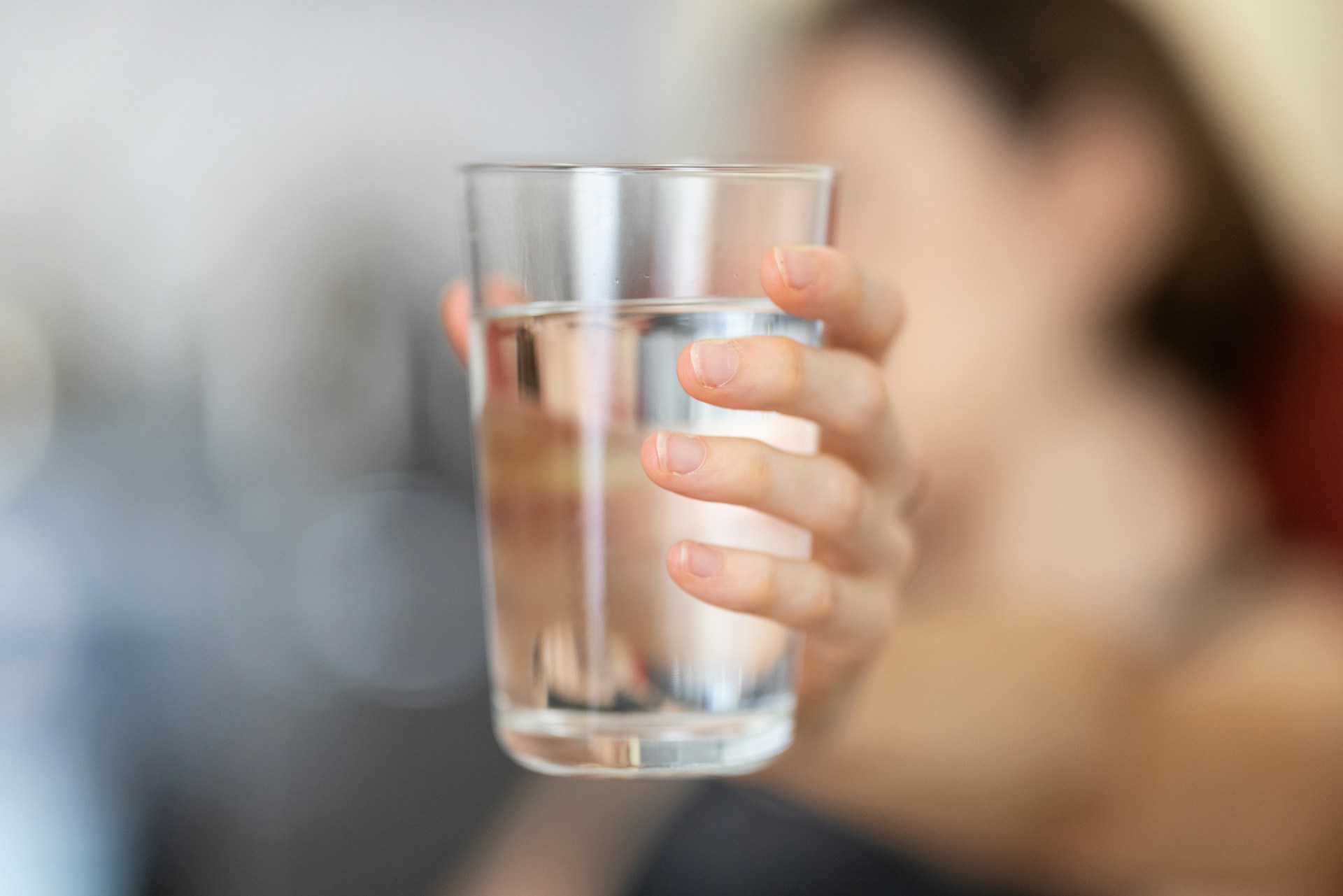Hard water is a common issue affecting households and businesses worldwide. It can lead to a host of problems, from stubborn soap scum and dingy laundry to reduced appliance efficiency and costly pipe corrosion. Understanding and managing water hardness is crucial for maintaining water quality, extending the life of your appliances, and saving money in the long run.
This in-depth guide will walk you through everything you need to know about water hardness testing and the vital process of water conditioner (softener) calibration. We’ll cover why it matters, how to do it effectively, and provide tips for optimizing your water treatment for SEO.
Why Water Hardness Matters: The Hidden Costs of Hard Water
Water hardness is primarily caused by elevated levels of dissolved minerals, mainly calcium and magnesium. While these minerals aren’t typically harmful to consume, their presence can lead to significant issues:
- Limescale Buildup: As hard water evaporates, it leaves behind mineral deposits (limescale) on surfaces, fixtures, and inside pipes and appliances. This buildup can clog pipes, reduce water flow, and damage heating elements in water heaters, dishwashers, and washing machines.
- Reduced Soap Efficiency: The minerals in hard water react with soap, forming an insoluble scum instead of a rich lather. This means you need to use more soap, detergent, and shampoo to achieve the desired cleaning effect, leading to increased product consumption and cost.
- Dull Laundry and Stiff Fabrics: Hard water can leave mineral residues on clothes, making them feel stiff, look dull, and wear out faster. It can also cause whites to yellow and colors to fade.
- Appliance Lifespan Reduction: Limescale buildup forces appliances to work harder, decreasing their efficiency and shortening their lifespan. This can lead to frequent repairs or premature replacement of expensive appliances.
- Dry Skin and Hair: The mineral residue left by hard water can dry out your skin and hair, making it feel less soft and manageable.
- Increased Energy Bills: Limescale on heating elements acts as an insulator, requiring more energy to heat water. This can lead to noticeable increases in your utility bills.
Understanding Water Hardness Levels: What’s “Hard”?
Water hardness is typically measured in grains per gallon (GPG), milligrams per liter (mg/L), or parts per million (ppm). Here’s a common classification:
- Soft Water: Less than 1 GPG (0-17.1 mg/L or ppm)
- Slightly Hard Water: 1 to 3.5 GPG (17.1-60 mg/L or ppm)
- Moderately Hard Water: 3.5 to 7 GPG (60-120 mg/L or ppm)
- Hard Water: 7 to 10.5 GPG (120-180 mg/L or ppm)
- Very Hard Water: Over 10.5 GPG (Over 180 mg/L or ppm)
Knowing your specific water hardness level is the crucial first step in determining if you need a water softener and, if so, how to properly calibrate it.
Water Hardness Testing: Your First Line of Defense
Accurate water hardness testing is fundamental to effective water treatment. There are several reliable methods available:
1. Test Strips (DIY Friendly)
- How they work: These inexpensive strips contain chemical reagents that change color when exposed to hard water minerals. You dip the strip in a water sample, wait a specified time, and then compare the color to a chart provided with the kit.
- Pros: Easy to use, quick results, readily available at hardware stores and online.
- Cons: Less precise than other methods, can be prone to user error, results are approximate.
- Best for: Quick, preliminary checks or general awareness of water hardness.
2. Liquid Drop Test Kits (More Accurate DIY)
- How they work: These kits involve adding a series of drops of a chemical reagent to a water sample until a color change occurs. The number of drops required directly correlates to the water hardness level.
- Pros: More accurate than test strips, relatively easy to use, provides a numerical value for hardness.
- Cons: Requires careful counting and observation, can be slightly more time-consuming than strips.
- Best for: Homeowners wanting a more accurate measurement for softener calibration or ongoing monitoring.
3. Digital Water Hardness Meters (Advanced DIY/Professional)
- How they work: These devices typically use an electrode to measure the electrical conductivity of the water, which is then converted into a hardness reading. Some advanced models may use other chemical sensing technologies.
- Pros: Highly accurate, provides digital readout, can be used for various water quality parameters (depending on the model).
- Cons: More expensive than strips or liquid kits, may require calibration themselves.
- Best for: Serious DIYers, professionals, or those requiring the highest level of accuracy for critical applications.
4. Professional Water Testing Services
- How they work: Many plumbing companies, water treatment specialists, and even some municipal water departments offer professional water testing. They use laboratory-grade equipment to provide a comprehensive analysis of your water, including hardness, pH, chlorine, iron, and other contaminants.
- Pros: Most accurate and detailed results, identifies other potential water quality issues, can provide expert recommendations.
- Cons: Can be more expensive, requires scheduling.
- Best for: When you suspect multiple water issues, need a highly precise analysis, or prefer expert guidance.
Key Tip for Testing: Always collect a fresh water sample from a tap that has been running for a few minutes to ensure you are testing the water coming directly from your main supply, not stagnant water in the pipes.
Water Conditioner (Softener) Calibration: The Key to Efficiency
A water conditioner, or softener, works by exchanging hard minerals (calcium and magnesium) with soft minerals (sodium or potassium) through a process called ion exchange. For a water softener to operate efficiently and effectively, it must be properly calibrated to your specific water hardness level and water usage. Incorrect calibration can lead to:
- Wasted Salt and Water: If the softener regenerates too frequently or uses too much salt, you’ll incur unnecessary costs and waste water.
- Ineffective Softening: If the softener doesn’t regenerate often enough or doesn’t use enough salt, your water will remain hard.
- Premature Wear and Tear: Improper regeneration cycles can put undue stress on the softener’s components.
How Water Softener Calibration Works: Understanding the Basics
Most modern water softeners are “demand-initiated” or “on-demand” systems. They use a meter to track water usage and regenerate only when a certain volume of water has passed through the system. The key parameters for calibration are:
- Water Hardness (Grains Per Gallon – GPG): This is the most critical input. Your softener needs to know how many grains of hardness it needs to remove from each gallon of water.
- Capacity (Grains): Your softener has a specific capacity, which is the total number of grains of hardness it can remove before it needs to regenerate. This is determined by the size of the resin bed and the amount of salt used per regeneration.
- Salt Dosage (Pounds per Regeneration): The amount of salt used during regeneration affects the efficiency and capacity of the resin. Using too little salt won’t fully regenerate the resin, while too much is wasteful.
Steps for Calibrating Your Water Softener: A Step-by-Step Guide
While specific steps may vary slightly depending on your softener’s make and model, the general process for calibration involves these common steps:
Step 1: Test Your Incoming Water Hardness
- This is the foundational step. Use one of the reliable methods described above (liquid drop test kit or professional testing is recommended) to get an accurate GPG reading of your untreated water.
Step 2: Locate Your Softener’s Control Valve/Display
- Your softener will have a control panel, typically with a digital display and buttons, or a dial-based system. Consult your owner’s manual if you can’t locate it.
Step 3: Access the Program Settings
- Most softeners have a “Program,” “Setup,” or “Settings” mode. You may need to press and hold a specific button or combination of buttons to enter this mode.
Step 4: Enter Your Water Hardness Setting
- Navigate through the program settings until you find the “Water Hardness,” “Grains,” or “GPG” setting.
- Enter the GPG value you obtained from your water hardness test. This tells the softener how much hardness it needs to remove per gallon.
Step 5: Review/Adjust Salt Dose and Regeneration Settings (If Applicable)
- Some softeners allow you to adjust the salt dosage per regeneration and the frequency of regeneration.
- Salt Dose: Refer to your softener’s manual for recommended salt dosages based on your water hardness and desired efficiency. Often, a lower salt dose regenerated more frequently is more efficient than a high dose regenerated less often.
- Regeneration Type: Confirm it’s set to “demand-initiated” or “metered” regeneration for optimal efficiency. Time-based regeneration (e.g., every 7 days) is less efficient as it doesn’t account for actual water usage.
- Regeneration Time: Set the regeneration time to a period when water usage is minimal (e.g., in the middle of the night) to avoid interruptions.
Step 6: Set Current Time and Date (If Applicable)
- Ensure your softener’s internal clock is accurate, as this is crucial for regeneration scheduling.
Step 7: Save Settings and Exit Program Mode
- Always remember to save your changes before exiting the program mode.
Step 8: Monitor and Re-Test
- After calibration, monitor your water quality. You should notice a significant improvement in softness.
- Re-test your water hardness periodically (e.g., every few months or if you notice changes in water quality). This is especially important if your municipal water source changes or if you notice a decline in softener performance.
Advanced Calibration Tips & Troubleshooting:
- Iron Removal: If you have iron in your water, you may need to add a small amount to your GPG hardness setting, as iron also contributes to the “load” on the softener. Consult your manual or a professional for specific guidelines.
- High Water Usage: If your household uses an exceptionally high amount of water (e.g., large family, frequent guests), you might consider increasing your softener’s capacity or adjusting the regeneration frequency slightly.
- “Brine Tank Full of Water”: This can indicate a problem with the brine well, float, or venturi. Consult your manual or a professional.
- “Soft Water, But Using Too Much Salt”: This often points to over-calibration (hardness setting too high) or an inefficient regeneration cycle.
- “Hard Water After Regeneration”: This could mean the hardness setting is too low, the softener’s capacity is undersized for your usage, or there’s a mechanical issue with the softener itself.
- Professional Assistance: If you’re unsure about any step or are experiencing persistent issues, don’t hesitate to contact a qualified water treatment professional.
Maintaining Your Water Softener: Ongoing Best Practices
Proper calibration is just one aspect of maintaining an efficient water softener. Regular maintenance will ensure its longevity and continued performance:
- Regularly Check Salt Levels: Keep your brine tank at least one-quarter full, but ideally no more than two-thirds full, with high-quality water softener salt (pellets or cubes are generally recommended).
- Prevent Salt Bridging: Salt can sometimes solidify at the bottom of the tank, forming a “bridge” that prevents it from dissolving. Periodically poke the salt with a broom handle to break up any bridges.
- Clean the Brine Tank: Every few years, or if you notice sediment, clean out the brine tank to remove any residue.
- Inspect Injector/Venturi: This component creates the suction to draw brine into the resin tank. It can become clogged and may need periodic cleaning.
- Professional Servicing: Consider annual or bi-annual professional servicing to ensure all components are functioning correctly and to catch potential issues early.


Leave a Reply